These strange fruits are probably not coming to a grocery store near you. Unless you’re shopping at an Asian grocery store. One of many small surprises I’ve found while traveling is that even fruit is different in different parts of the world. This was something that I never considered as a kid, growing up with apples and oranges. Seedless grapes were considered a novelty. But a Indonesian friend of mine had never heard of an apple until he visited America. To him, they were the weird and exotic fruits.
So below are four fruits common to Southeast Asia but not to America. They are presented in order from least weird to weirdest, which is entirely subjective on my part.
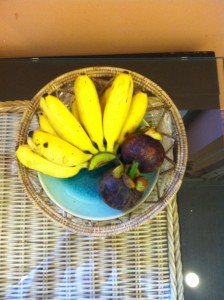
Mangosteen (Garcinia mangostana) – Mangosteen is typically purple. It is also known as “the honest fruit,” because the number of points on the bottom of the shell corresponds to the number of fruit segments inside. The fruit sections are white and pulpy, with a taste both tangy and sweet.
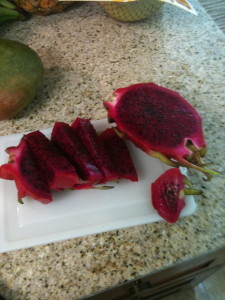
Dragon fruit – Originally native to Mexico, dragon fruit is widely cultivated in Southeast Asia. The flesh is either red or white, and the taste is mild or bland. The black seeds are crunchy and edible. Overall, this fruit is visually appealing but not very tasty.
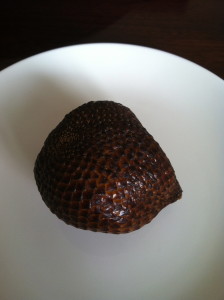
Salak – Salak is native to Indonesia. It’s also known as snake fruit, for what should be obvious reasons. The peel is not edible. The fruit is creamy white and comes in three sections shaped like garlic cloves. The taste is similar to strawberries, while the texture is similar to a walnut. Don’t eat the seed in the middle.
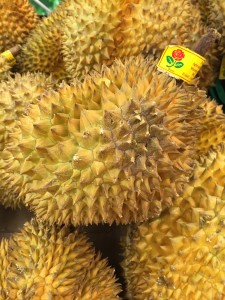
Durian – There are dozens of subspecies of durian, and they all smell. The smell is the first thing that you’ve probably heard about the “King of fruits,” assuming you’ve heard of it at all. Everything you’ve heard is true. It smells like rotten garbage. It smells unbelievably bad. So bad, in fact, that it’s banned in ritzy hotels and prohibited on public transit in places like Bangkok and Singapore.
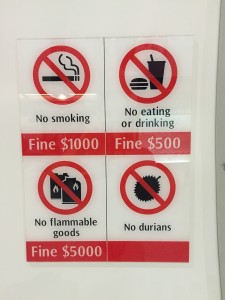
If you can get past the smell (a very large if), the texture of the fruit is creamy like custard. I can’t describe the taste, because I’ve never made it past the gag reflex that I have from the odor. If you have, share with us in the comments.
